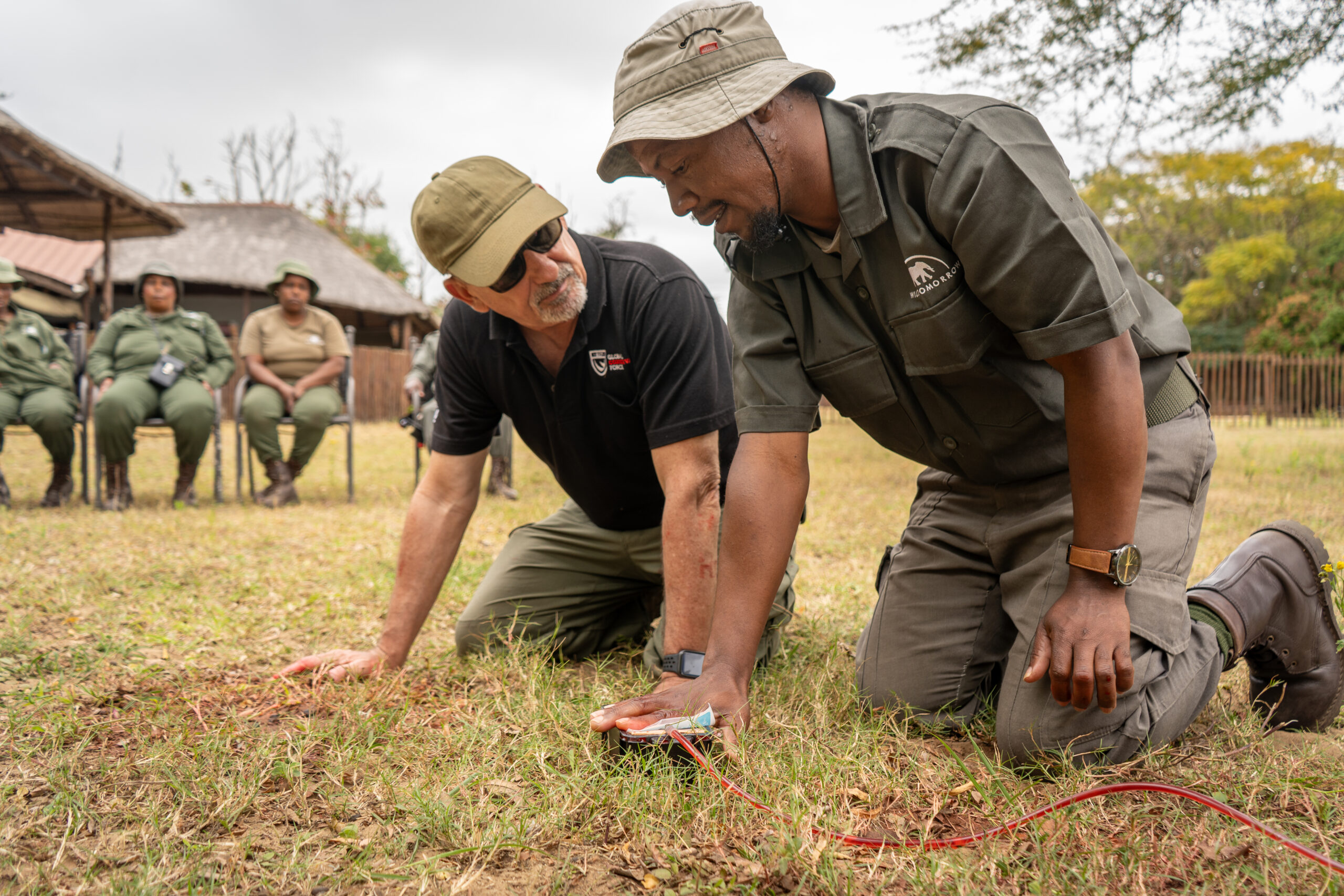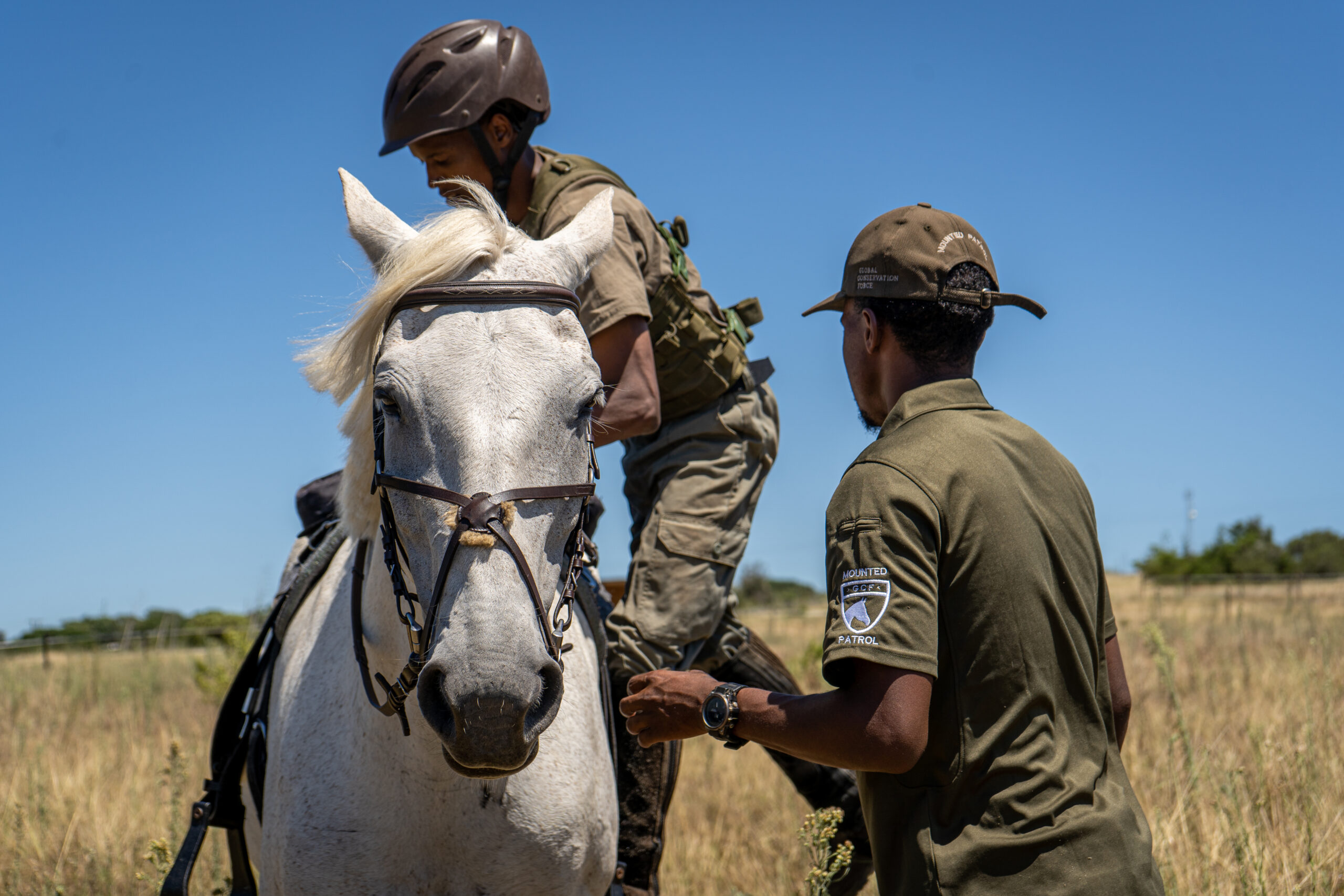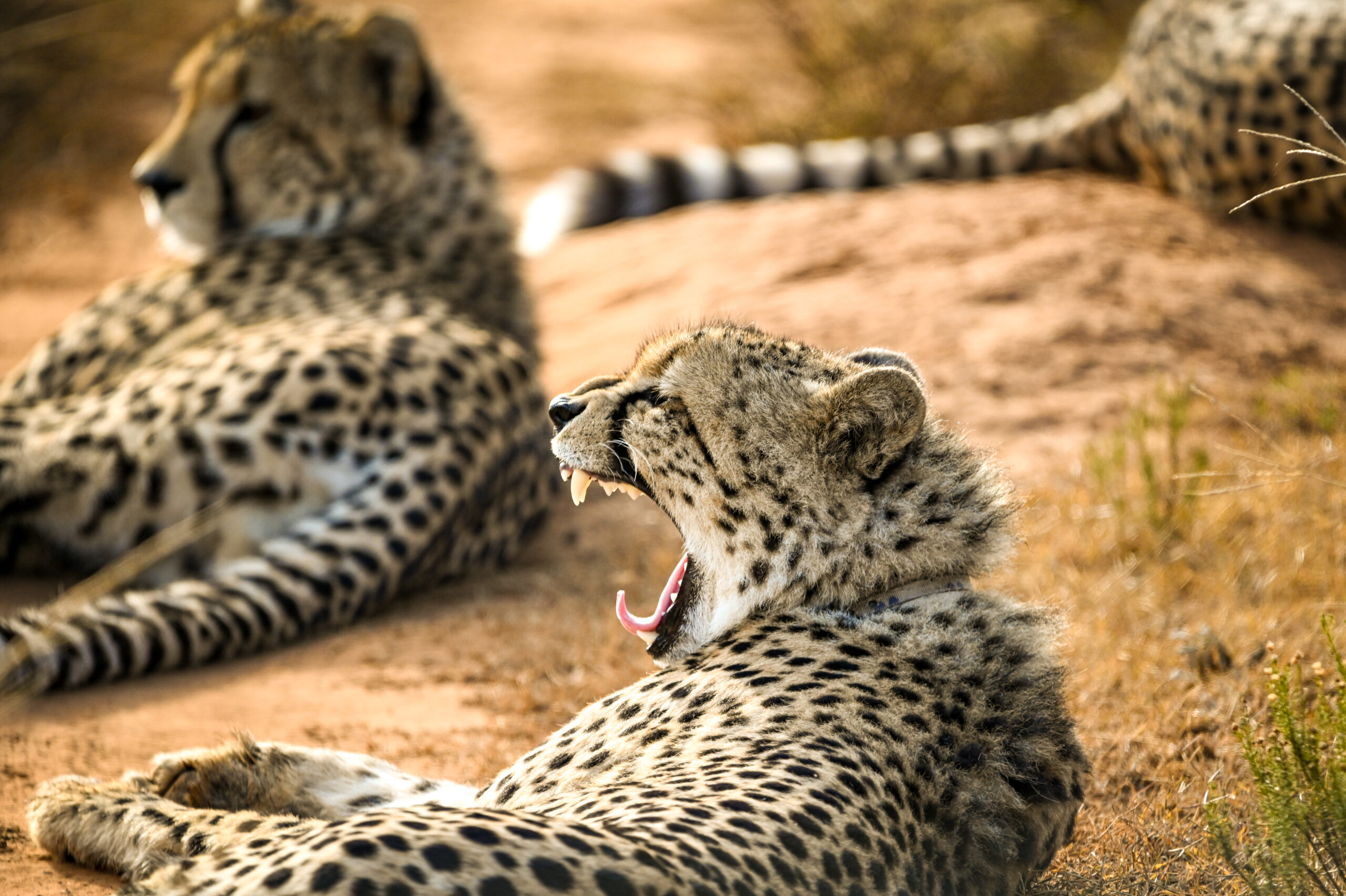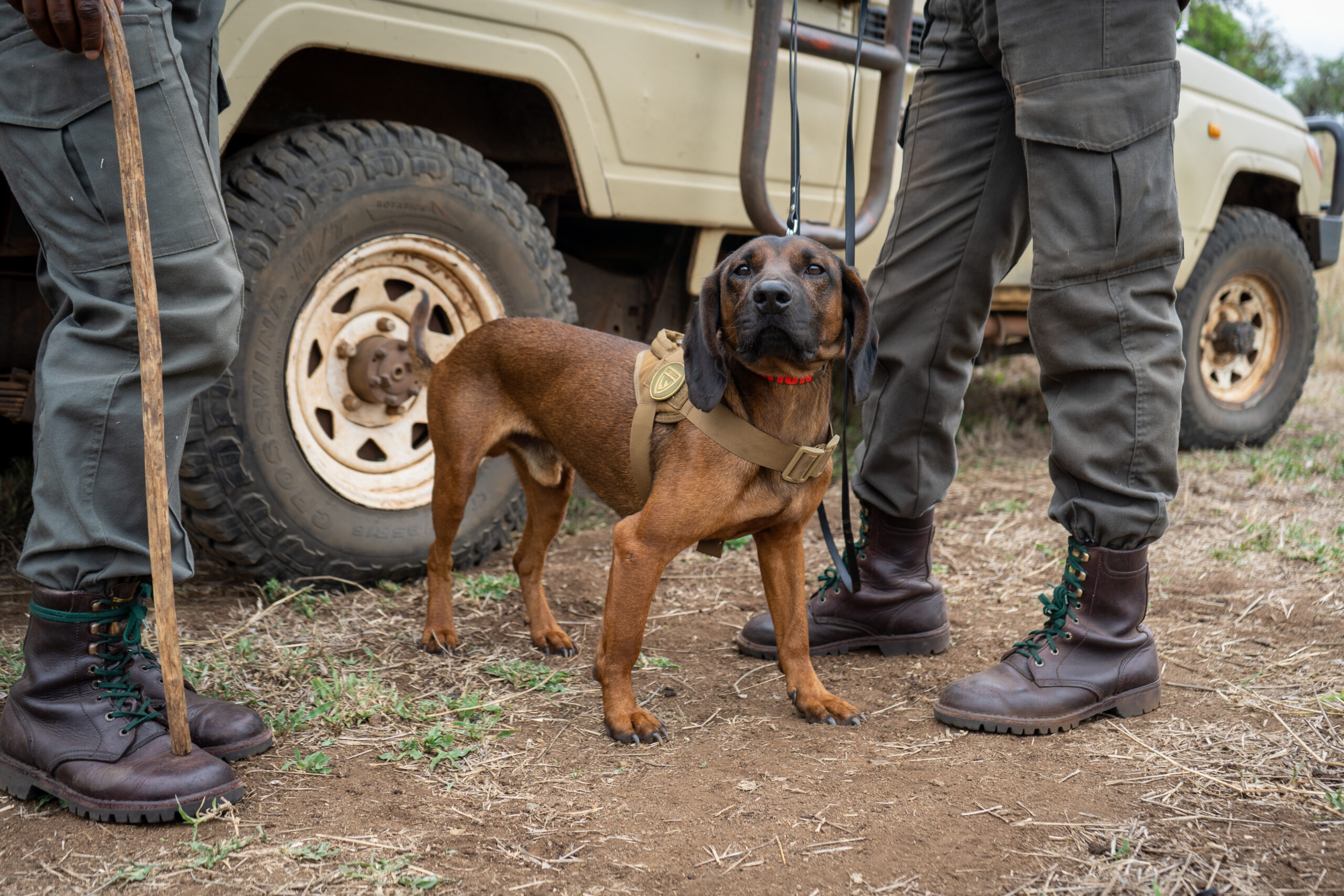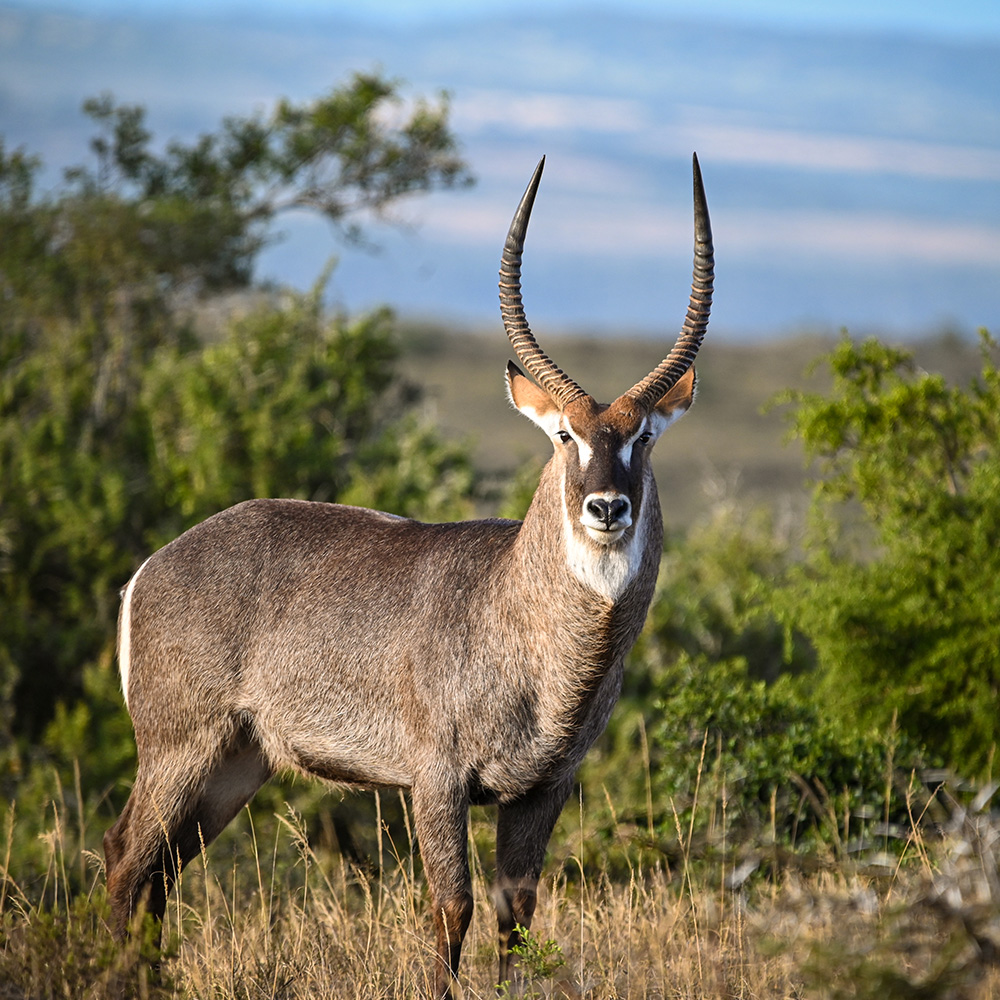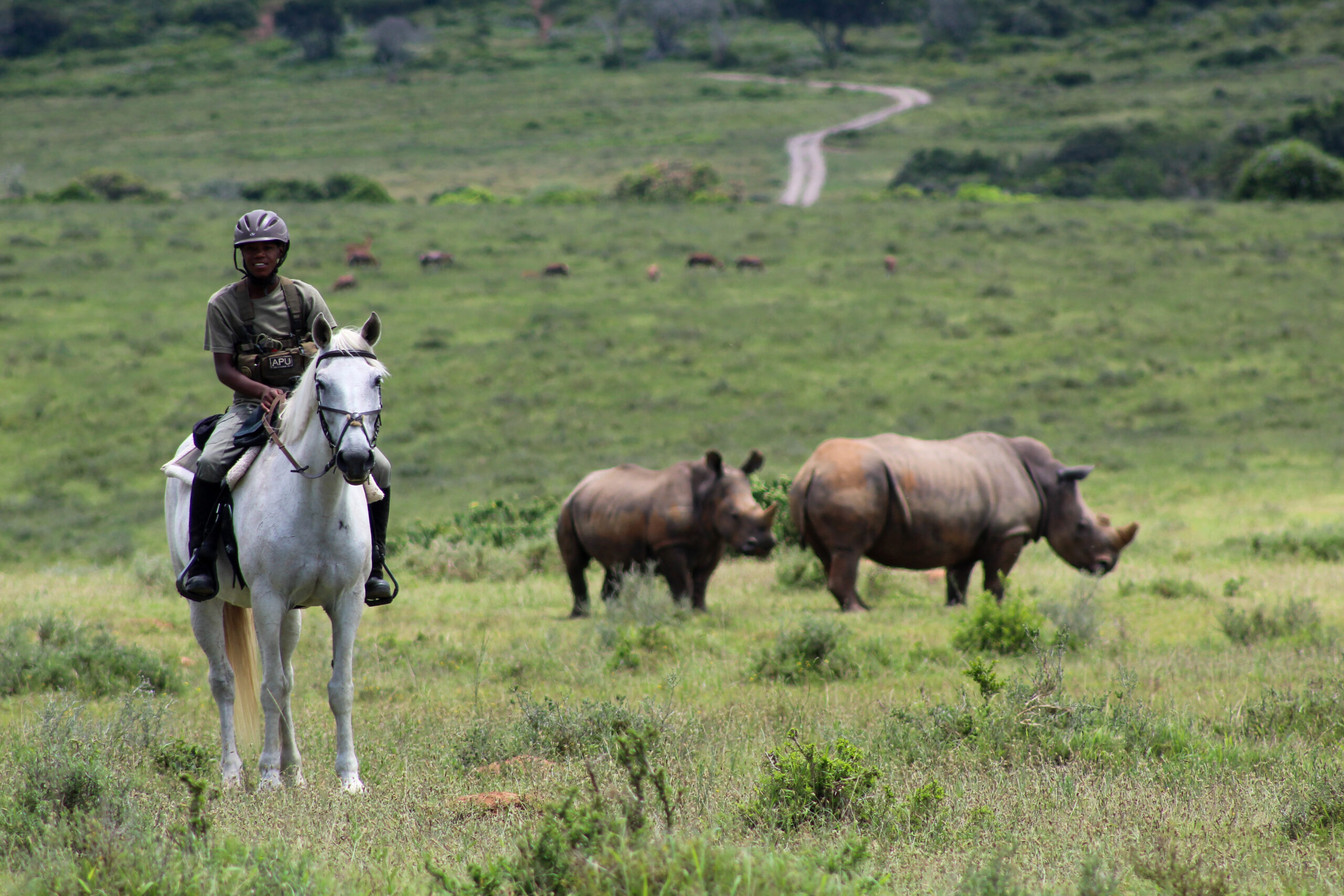Saving Giraffes in Kenya and Beyond
By: David A. O’Connor,
M.Sc., Community-Based Conservation Ecologist, Research Coordinator & Conservation Education Division – Institute for Conservation Research
San Diego Zoo Global
While I may be biased, giraffes are the best animals there are. They are icons of Africa, found nowhere else. Giraffe form the basis of most zoo collections, and are much loved, adored as toys and book characters. Giraffe are up there with elephants, rhinos, whales, and lions as wildlife dignitaries in the minds of the public. However, compared to those species, we know relatively little about giraffe ecology. They are the forgotten megafauna.
For instance, we don’t fully understand how they herd and socialize with each other, they have fission-fusion assemblages, with individuals wandering in and out of groups seemingly willy-nilly, without anyone in charge. We don’t know how they communicate, they are largely silent, but some researchers think they communicate infrasonically, we still don’t know why the long neck! In fact we aren’t sure on how many types of giraffe there are. Current consensus is that there are nine sub-species.
Here is what we do know. They are integral to their ecosystems, opening up habitat for other wildlife, spurring growth of new Acacia forage, pollinating, and dispersing seeds. They are an extremely important for savanna ecosystem functioning.
Researchers are also trying to find out what the giraffe population is in the wild. This is perhaps the most important question from a conservation perspective. We don’t know for certain, but the current estimate is that there are perhaps 80,000 left in the wild. That seems like a lot; however, that summation glosses over an ominous truth: giraffes are facing dark days and need our attention, research, and help. Unfortunately, taken as whole, giraffe have declined by 40% in just the last 15 years. This massive rapid decline has occurred with very little notice. Giraffes are slipping away in silence.
There are several reasons, we think, for these declines. We need more data, but the suspected leading causes for the population decline are habitat loss and negative interactions with humans. Specifically, the main threats are increased heavy poaching, habitat fragmentation, and loss of resources due to land degradation and possible competition with livestock (especially camels) for resources.
Habitat loss is the number one cause of species declines and extinctions worldwide. It is no different with giraffes. As human populations increase, and traditional livelihood and land uses change to being less conducive to wildlife, less room is available for giraffes to live and find food and water.
The next large driver toward extinction is also a recent development: poaching. Many poverty-stricken regions of sub-Saharan Africa have a hard time finding sources of animal protein. Growing human populations and a decline in traditionally harvested wildlife species have led people to seek new sources of protein. As such, giraffes are being poached in increasing numbers for their meat. Despite their size, giraffes can be easy to kill if you know what you’re doing. All poachers’ need is a bit of steel wire. A correctly placed leg- or neck-snare can capture a giraffe that is then killed or may be left to die slowly. Unfortunately, such poaching is having an increasingly devastating effect on giraffe numbers. For instance 130 snares were removed in June 2014 from Tsavo National Park in Kenya.
Another driver of poaching is mythical medical cures. Somehow, a myth began that, if eaten, giraffe bone marrow and brains will protect against HIV-AIDS infection. This has created a black market, such that poachers can get U.S. $140 or more for giraffe marrow.
My research has focused on giraffes in East Africa, specifically human-livestock-giraffe interactions (http://onlinelibrary.wiley.com/doi/10.1111/aje.12204/abstract). The focus of our work is the reticulated giraffe (Giraffa camelopardalis reticulata). Reticulated giraffe historically ranged from north-central Kenya to southern Somalia and Ethiopia, and much of their range is outside of formally protected areas, overlapping with pastoralist herders and small-scale agriculturalists.
Over just the past 15 years reticulated giraffe have declined drastically by over 80%, from 28,000 to about 4,700 today. At that rate, these giraffe will be extinct by 2019. The IUCN will shortly re-categorize reticulated giraffe as ENDANGERED in recognition of the dramatic drop in numbers. We must act, and fast. For this reason, together with our partners and alongside pastoralists, we are harnessing our collective giraffe expertise to take up the fight against giraffe extinction.
Hampering reticulated giraffe conservation is lack of information. We still do not have great data on how they move across the landscape, how and what they eat, how many are left, their social structure, or how they interact with people and livestock. We also lack data on the human dimensions of reticulated giraffe conservation, especially from those people with whom reticulated giraffe overlap most intimately with, the pastoralists of northern Kenya.
Transhumant pastoralism dominates across northern Kenya with Maasai, Samburu, Turkana and Borana tribes. Livestock (camels, cattle, goats and sheep) are herded across the landscape, utilizing the same space, forage and water resources as wildlife. Pastoralist systems and wildlife have co-existed for millennia, and are the reason for the richness of biodiversity remaining in East Africa. Changing cultural practices and increased human and livestock populations, has lead to a shift in this dynamic. Land degradation is a chief threat for herders, and means less habitat for wildlife, with increased conflict between livestock and wildlife for resources. This trend of land degradation and of sub-divisioning plots with fences, effectively eliminates habitat, corridors, resources, and the space that is required for large mammals such as savanna elephants, reticulated and Rothschild’s giraffe, lions, Grevy’s Zebra, etc. Large mammals need spaces to move, without these connected areas, confined populations will atrophy over time.
Since reticulated giraffe are found outside of formally protected areas, our conservation actions must be multidimensional and aim to benefit both people and wildlife. As such we are developing a community-based conservation initiative in northern Kenya.
Reticulated Giraffe Conservation With Pastoralists
Our program is being developed with our partners the Giraffe Conservation Foundation and the West Gate Community Conservancy a 40,350 ha Samburu community in the Ewaso-Ngiro system in northern Kenya. We will use novel socio-ecological approaches to contribute to a holistic understanding of giraffe ecology and the drivers of decline, with the following core elements:
- Explore effectiveness of citizen science based giraffe field research to better understand giraffe population levels, movements and ecology. These data will be vital to informing more effective and efficient conservation actions going forward.
- Uncovering traditional ecological knowledge of giraffe, and the attitudes, perceptions, beliefs and behaviors of the Samburu, Turkana, Borana and Maasai pastoralists that live among giraffe. This information allows us to better appreciate the reasons behind poaching and usage of giraffe. Our work will provide the first ever quantitative insight on how herders interact with giraffe, the degree to which they value them, and identify any areas of human-livestock-giraffe conflict.
- Tracking and mapping livestock movements, by attaching GPS collars to livestock – camels, cattle and goats/sheep – as they are herded in the landscape. This will allow us to understand how livestock are utilizing resources, and overlapping with wildlife. In addition to informing giraffe conservation, it will also assist with sustainable grazing and land management for wildlife and livestock.
- Preliminary assessment and development giraffe conservation awareness and education program for San Diego and West Gate.
- Contribute to international giraffe genetic research to finalize giraffe taxonomy and phylogeny.
We are piloting this two-year project in the heart of the reticulated giraffe’s range at West Gate Conservancy which is representative of pastoralist land use that exists across much of the reticulated giraffe’s range. By piloting, testing and refining methodologies, and approaches at West Gate, we can incorporate the results and input and feedback from community members to improve and finalize methods and approaches.
We will then use this preliminary information, and our new collaborative relationships to design of our conservation interventions. These could include engaging herder scientists to gather data, by training warriors and empowering women to conduct giraffe surveys recording encounters on GPS and taking photos for individual IDs. Creating the Twiga Walinzi (giraffe guards), a team of pastoralists to conduct patrols for giraffe and identify areas with hunting/poaching. We hope that if successful, it can be an approach available to be used by other community conservancies in the region if they wish.
Ultimately, we are adding our work to those of others to secure a long-term future for reticulated giraffe in the rangelands of northern Kenya, while offering attractive, progressive, transferable employment opportunities in the region.
Reticulated giraffe are slipping away in silence, but we can prevent their disappearance by acting swiftly, and using collaborative, localized, multi-pronged conservation initiatives that are developed in concert with the communities who will ultimately determine the fate of these magnificent, graceful creatures, the very watchtowers of the savanna.
Please help support our work here, all contributions got directly to on the groundwork in Kenya, and are tax-deductible
More information:
Project details: http://www.giraffeconservation.org/prj_info.php?cid=111&prjid=34&pgid=122
Giraffe conservation video: https://www.youtube.com/watch?v=eXVNtEULjTo
Giraffes under Threat: Populations Down 40 Percent in Just 15 Years.
Article: http://blogs.scientificamerican.com/extinction-countdown/2014/11/24/giraffes-under-threat/
Article: http://www.techtimes.com/articles/21465/20141203/giraffe-population-drops-drastically-in-last-15-years-whats-causing-decline.htm
Article: http://news.discovery.com/animals/endangered-species/giraffe-population-drops-40-percent-in-15-years-141203.htm
CONNECT
- P.O. Box 956 Oceanside, CA 92049
- info@globalconservationforce.com
- EIN 474499248
- Copyright 2024. All Rights Reserved. Powered by Wild Media.

